

Why Are My Breasts Lumpy + How Do I Know When a Lump Is Cause Fo…
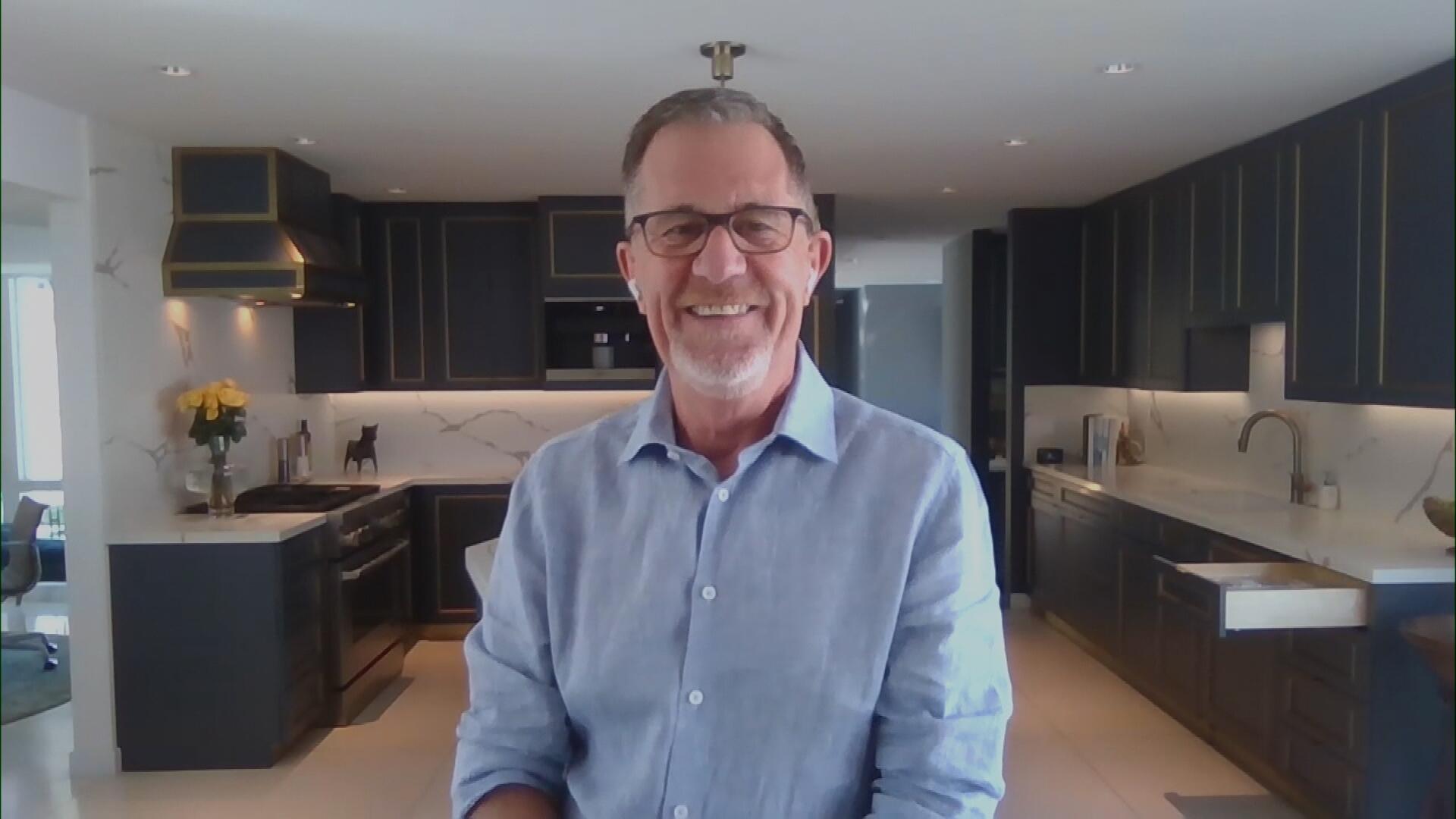
Q&A with Organizational Pro Peter Walsh + Dermatologist Shares A…

Actor Hank Azaria + Freezer Meals + Artichokes 2 Ways with Rach
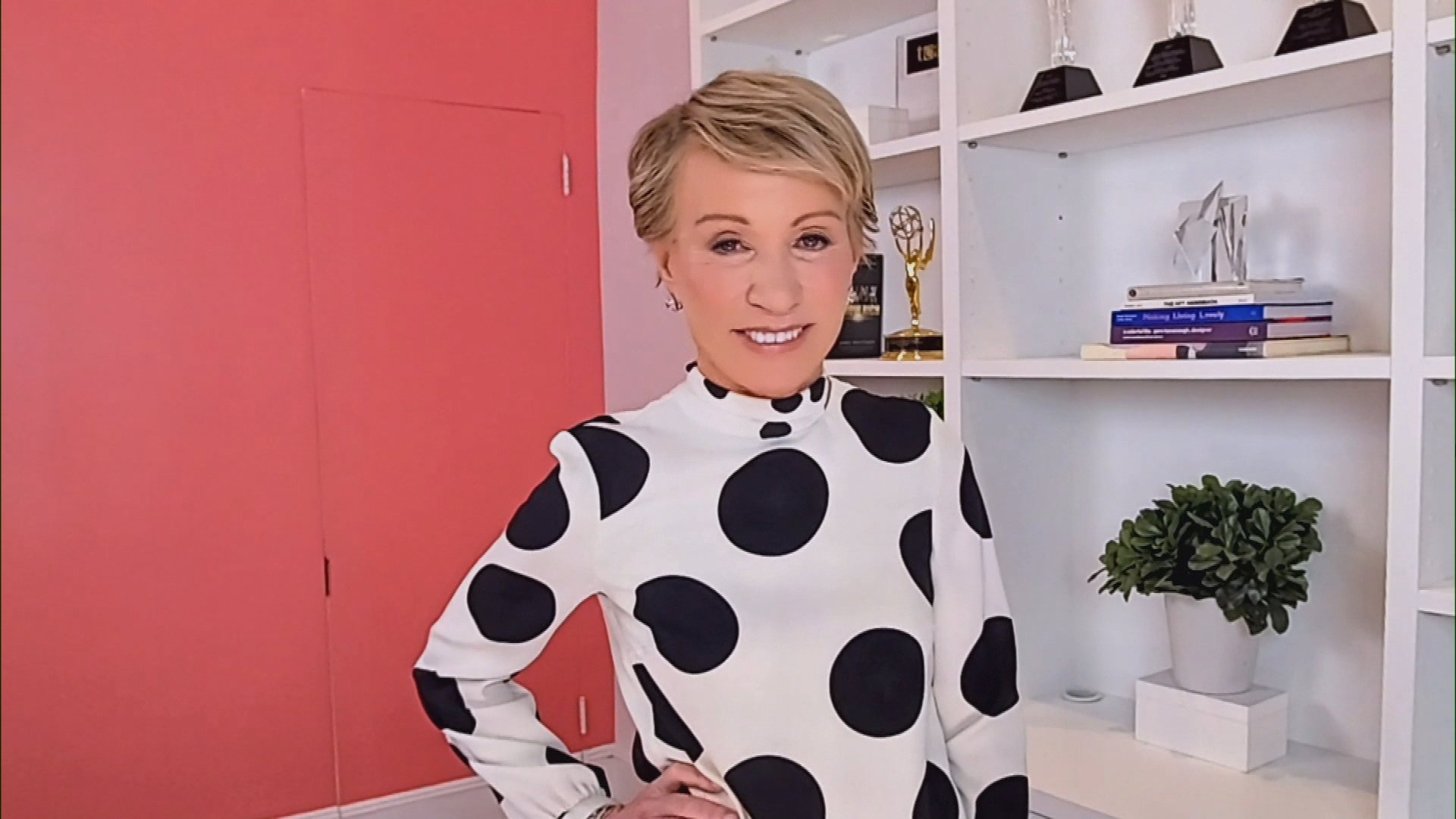
See Inside Barbara Corcoran's Stunning NY Apartment + It's Steak…

How to Make Chicken and Lobster Piccata | Richard Blais
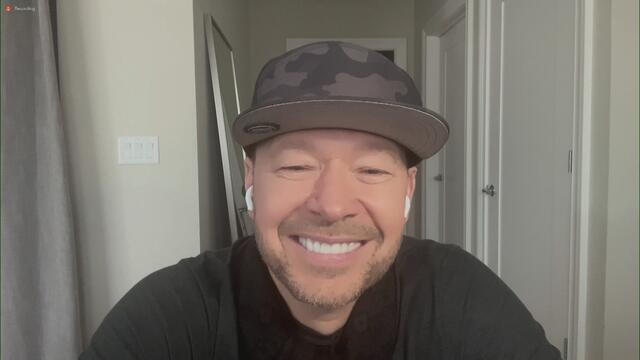
Donnie Wahlberg Spills Details About NKOTB's First Ever Conventi…
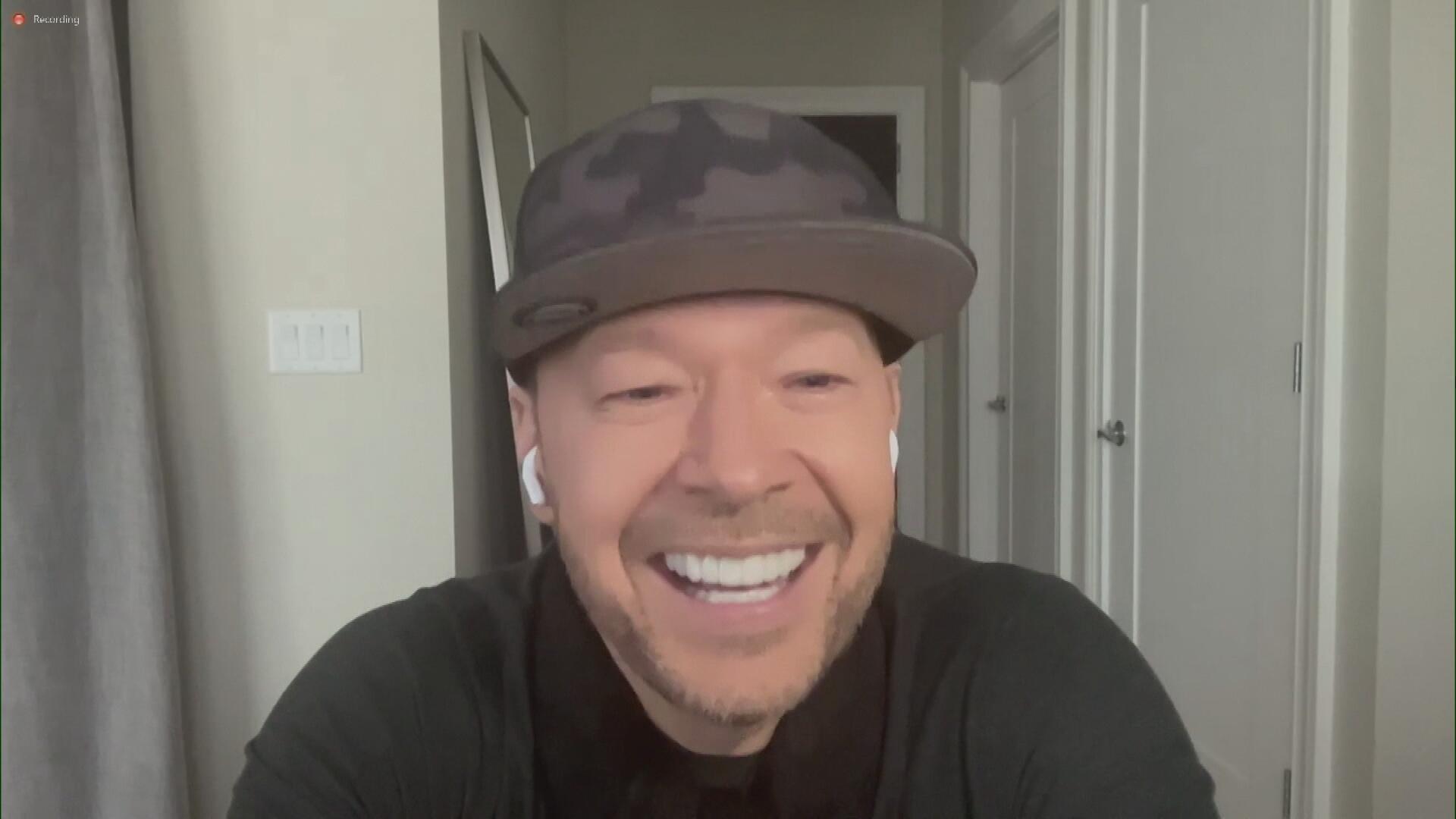
Donnie Wahlberg + Jenny McCarthy Say Rach Is Such a "Joy" + Look…
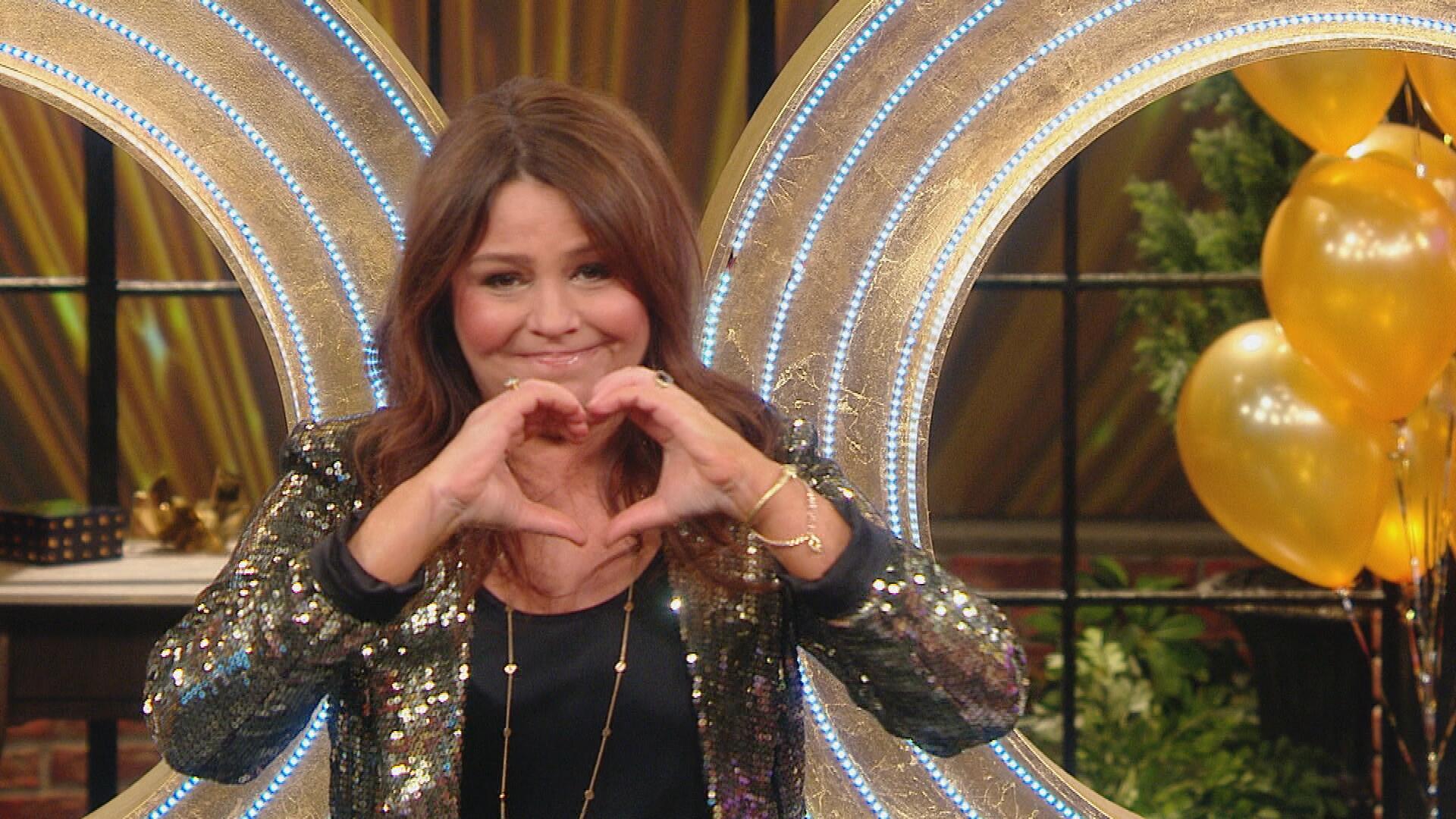
The Best Moments From 17 Seasons of the Show Will Make You Laugh…

How to Make Crabby Carbonara | Rachael Ray
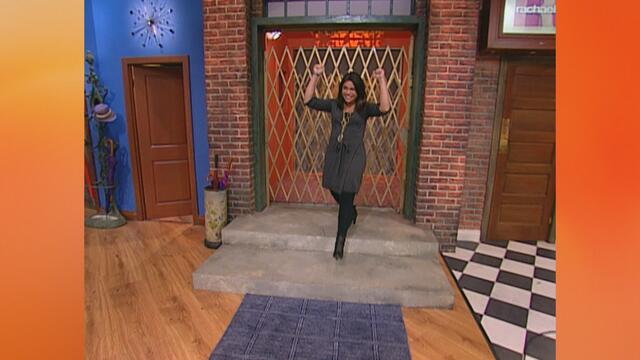
Rach Chats "Firsts" In Flashback From Our First Episode Ever In …
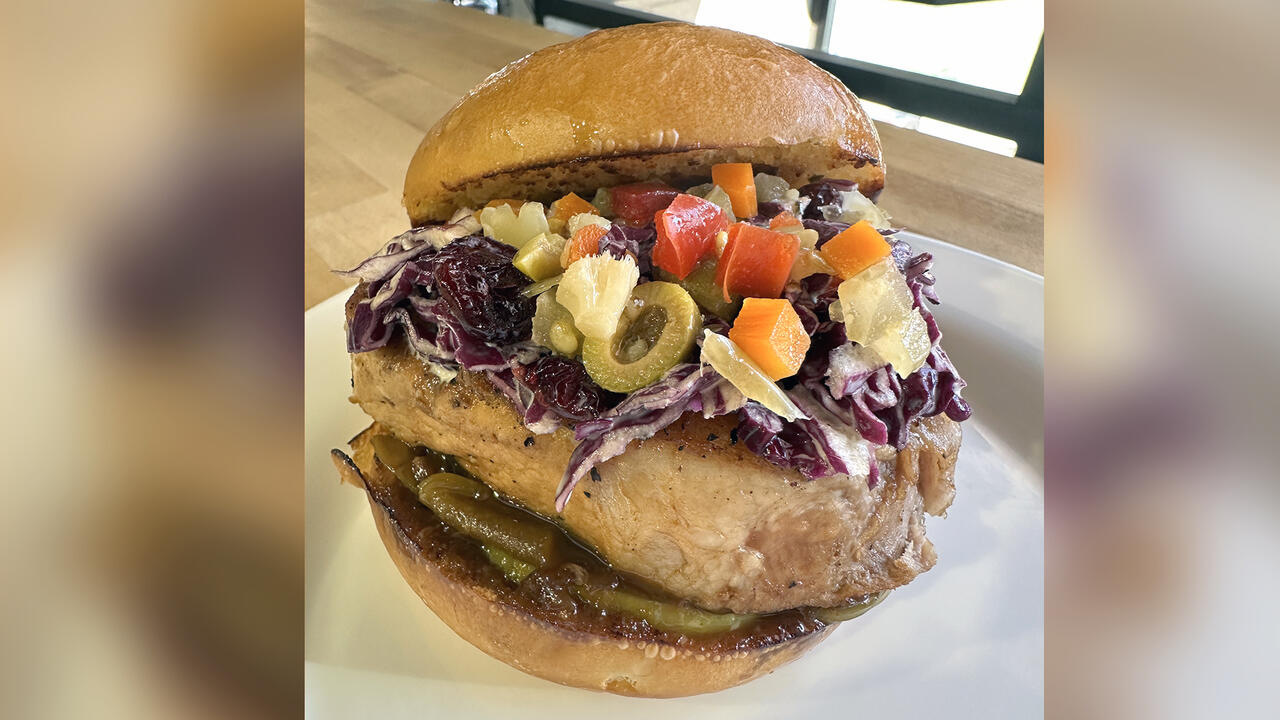
How to Make Apple-Cider Braised Pork Chop Sandwiches with Onion …

Rach's Chef Pals Say Goodbye to Show in Surprise Video Message
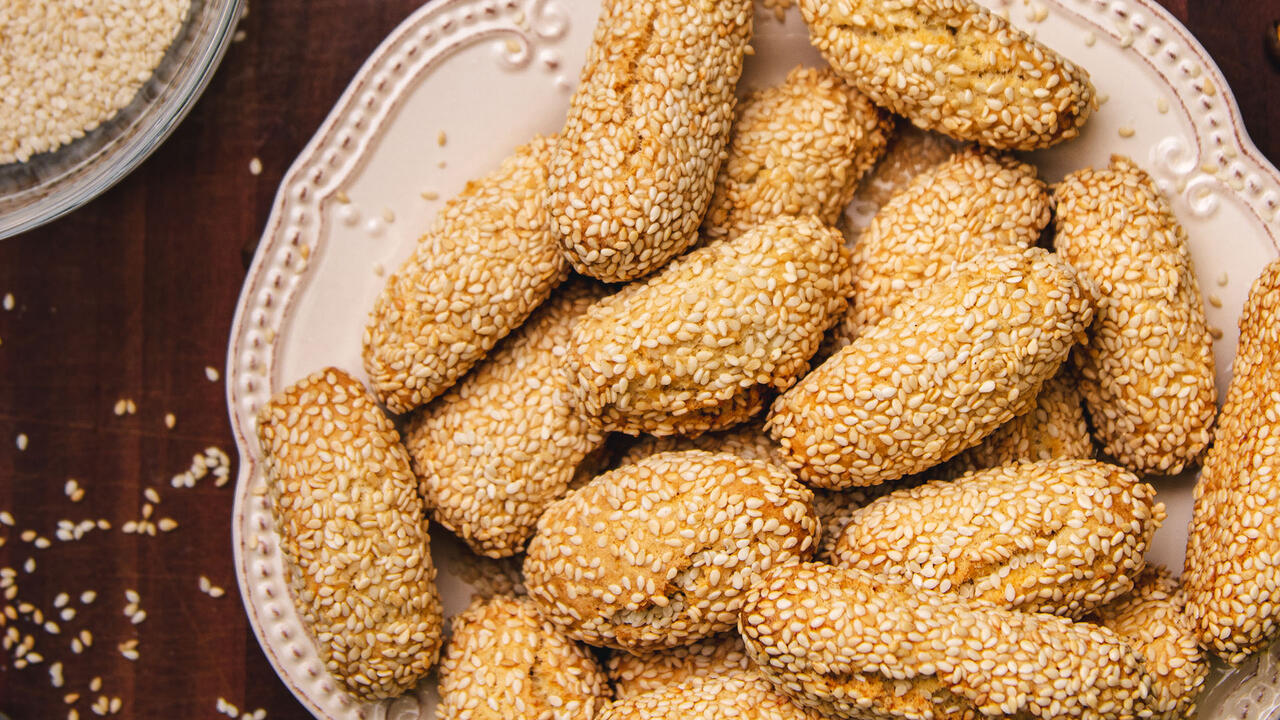
How to Make Sesame Cookies | Buddy Valastro

How to Make Tortilla with Potatoes, Piquillo Peppers and Mancheg…

How to Make Shrimp Burgers | Jacques Pepin

How to Make Spanakopipasta | Rachael Ray
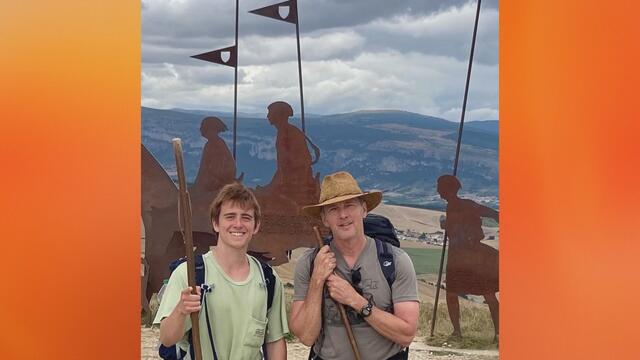
Andrew McCarthy Chokes Up Discussing Emotional Trip to Spain wit…

Celebrity Guests Send Farewell Messages After 17 Seasons of the …
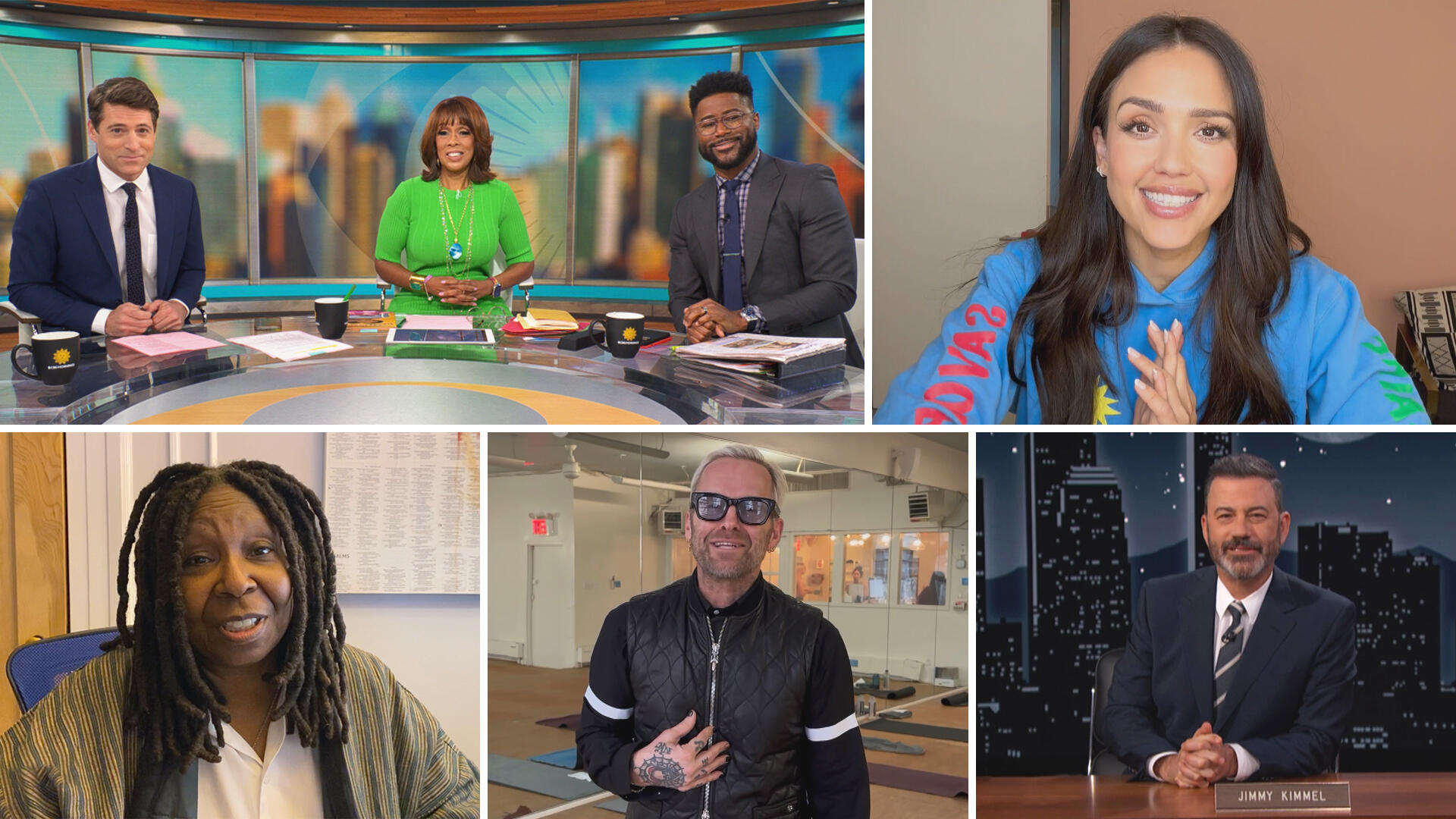
Celebrity Guests Send Farewell Messages After 17 Seasons of the …
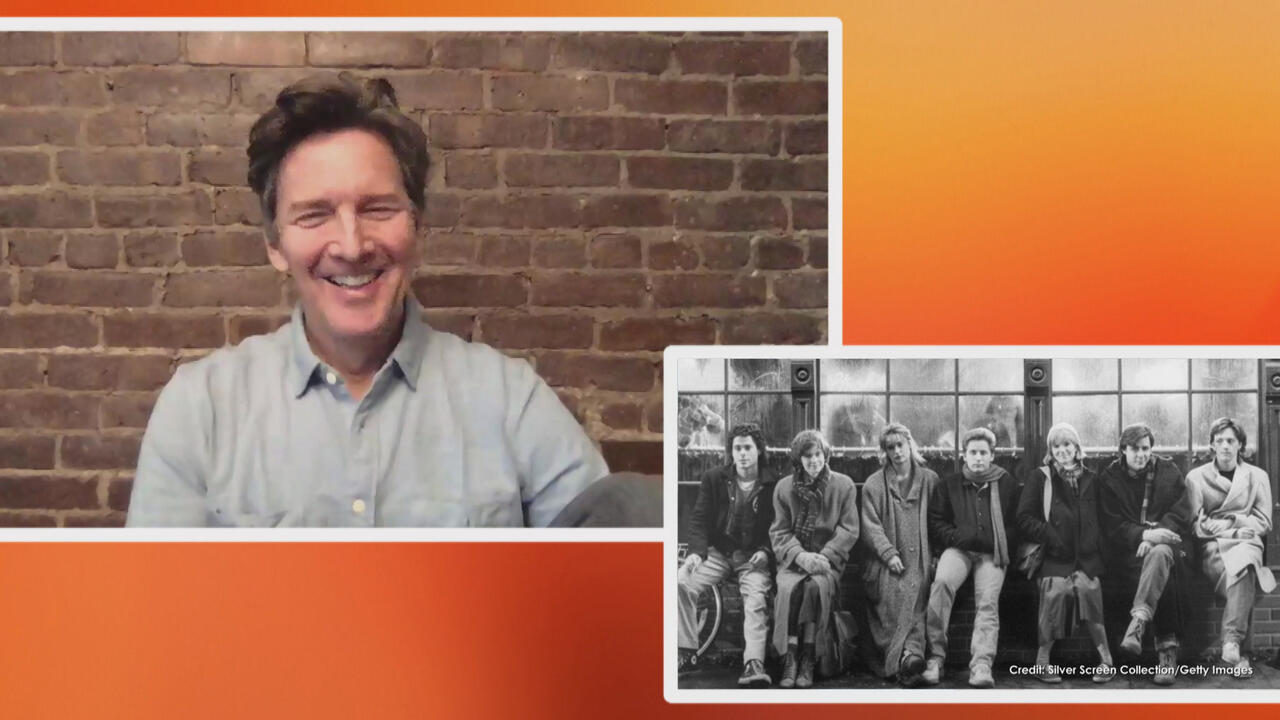
Andrew McCarthy Teases Upcoming "Brat Pack" Reunion Special
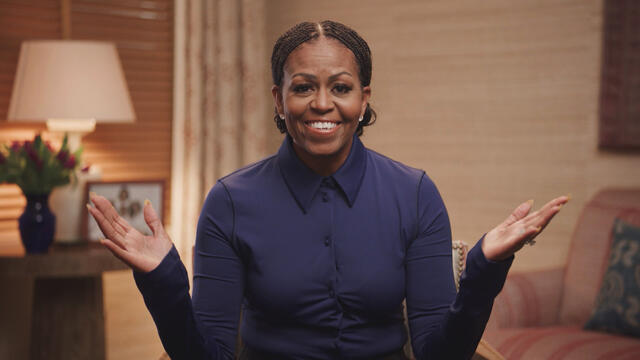
Michelle Obama Toasts Rach's 17 Years on the Air With a Heartfel…
Let's talk, ladies!
Breasts are lumpy -- and some women just have lumpier breasts than others.
In fact, Dr. Kristi Funk -- one of the most renowned breast surgeons in the world, whose patients include Angelina Jolie and Sheryl Crow -- likens them to a bunch of grapes.
"The milk-producing lobules are the grapes, interconnected by all these stems," Dr. Funk explains. "About 100 in the breast all coalesce."
So, how do you know if a lump is concerning or not?
In addition to an annual mammogram starting at the age of 40 per the doc's advice, the breast surgeon suggests performing a breast self-exam monthly -- either one week after your period starts or the first day of the month if you don't bleed anymore.
"The only way to know if lumps are new or feel different is to know what your breasts normally feel like by doing your monthly breast self-exam," Dr. Funk says.
Here's what to do each time, according to the doctor:
1. Disrobe from the waist up
2. Look in the mirror and compare your two breasts
"They should look the way they always look," Dr. Funk says.
SOME RED FLAGS DR. FUNK SUGGESTS TO LOOK FOR:
- Is one suddenly bigger than the other?
- Is there any skin redness or thickening?
- If the nipples always pointed out, they should still be out, she says
"You never want to see them flattening or turning inward -- in particularly one side and not the other," the doctor explains.
3. Using the opposite hand to each breast you're examining, make tiny circular motions with your three middle fingers, three times -- lightly first, a little bit deeper the second time and even deeper for the third
"I tell my patients that right after they’ve had their annual OBGYN exam and/or mammogram, do a breast self-exam, because you know that any lumps you feel are normal," the breast surgeon says. "Then as you do your monthly checks, you identify any changes."
And of course, if you feel a lump and are worried about it, don't hesitate to see a doctor!
4. Finish by squeezing the nipple to make sure you're not getting any bloody, rust-colored or clear-like water discharge
Watch the video above to see Dr. Funk walk our studio audience through this process and to hear her explain the different classes of breast density.
Her suggestion? "If you are dense -- ask your doctor, because it's not how you feel, it's how it looks -- add Whole-Breast Screening Ultrasound every year to your annual mammogram."



